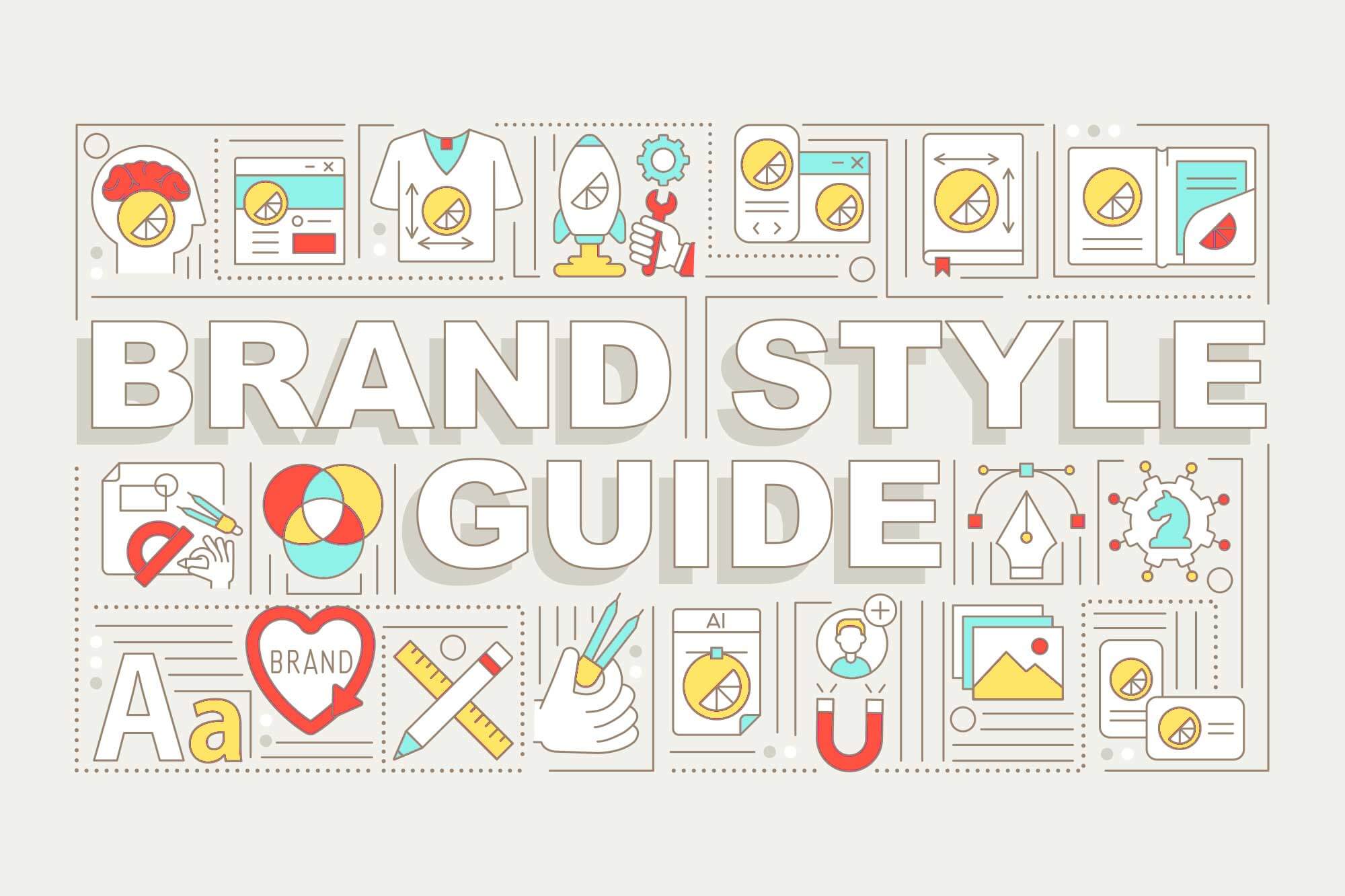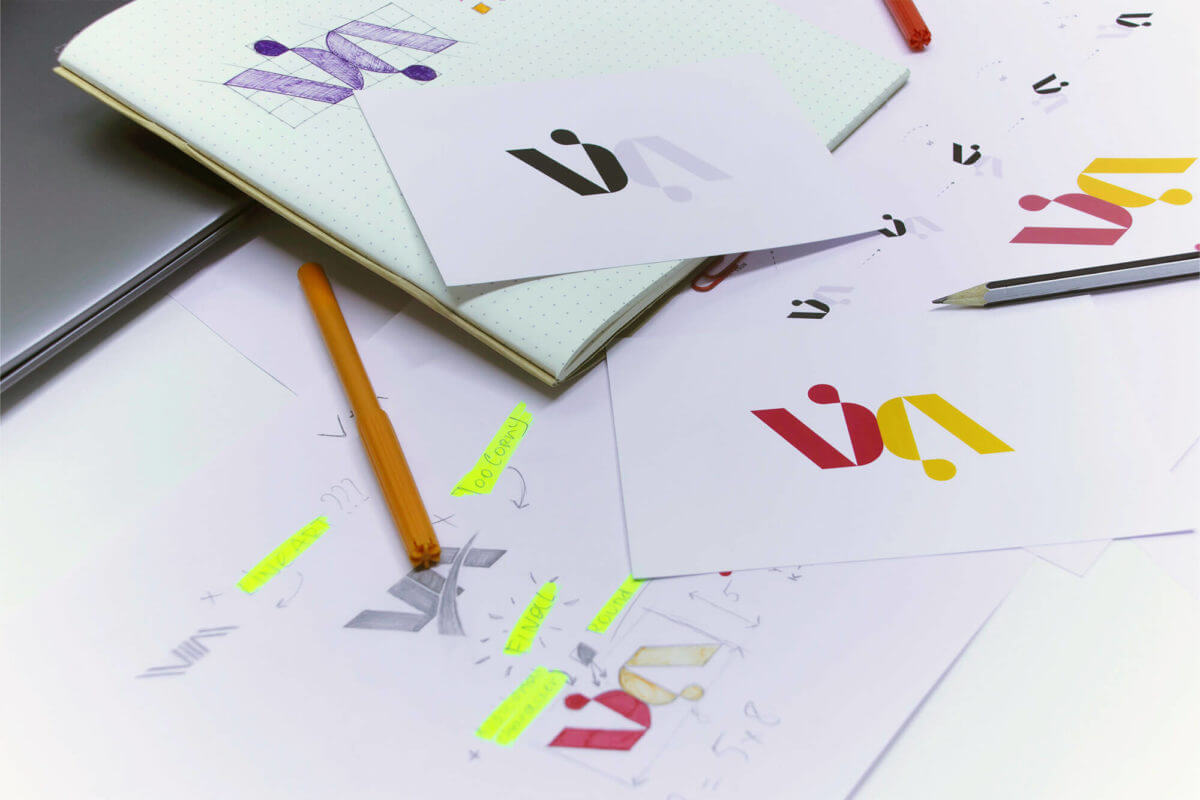“Fail often” does not sound like a buzzword. It is a way to encourage people to try new things and take risks, whether they succeed or fail. It is a way to encourage people to embrace failure and learn from their mistakes.
A-B testing is one example of digital marketing. It can also be used in conjunction with the “fail often” method. A-B Testing is a way to have two versions of something. Version A and version B. Show one test group each of the two, but not simultaneously, and then see which test group responds best to the other.
In reality, however, both designs fail. There is no better design than the other. Learn from the differences and use that knowledge in your future projects. Other concepts that are associated with failure include “fail fast” and “fail worse.” It is possible to fail forward and still achieve positive results. This is because, even though large companies may have policies against failing, this does not mean that all companies should stop trying new things. One failed experiment might lead to a better process or a better way of doing something.
You can learn from your mistakes and make better decisions next time. You might have a design failure because no one clicks a button. In this case, you can change the design to make it clearer or simplify the design.
It is not important to fail but to learn from it, and then improve.
Failure is a big part of the design. People often have an idea in their heads that is amazing. Then they test it, build, draw, paint or show it, only to discover that it is terrible.
This is crucial because designers can react badly to failure or the possibility of it. Some designers believe they shouldn’t fail because they are too skilled and so they don’t need to make mistakes.
Designers get mad when their ideas are rejected or don’t work. These designers get so angry that they take credit for the ideas of others, take more credit for their own ideas or otherwise harm the company and their team.
It is believed that success and failure can go hand in hand. One cannot be realized without the other. Companies learn from failure as they strive to be better ensuring they are stuck in their ways and there are always better options. Did you know that many companies went bankrupt because they were too set in their ways to do things differently than others?
The terrible design of Apple’s Mac Pro is a design failure that we can all remember. Steve Jobs introduced the Mac Pro, a high-end computer with high performance. It was also known as the “cheese grater”.
The 2013 Apple Mac Pro was released. It didn’t come with a CD/DVD driver, which was remarkable for that time. However, the Mac Pro’s design received a lot of ridicule.
NASA’s Mars Climate Orbiter was another design failure. The orbiter was to orbit Mars but crashed due to the fact that the “engineering team” used English units of measurement, while the flight team used metric units. Although the orbiter crashed, there was a lesson. NASA realized that they had used two different measurement systems, which cost them $327million, not a cheap failure.
What is the design lesson? One set of units, one format and one design should be used throughout your company or project. Accepting failure is okay, but also learning from it and creating a path that allows us to move forward without repeating the same mistakes over and over. This is called design theory, as it attempts to explain why we fail and what you can do to avoid it. It can also be viewed as a design theory because it attempts to answer why we fail and what we can do to prevent it.
Design is an integral part of any idea. We want to be prepared to fail and continue to push forward.




